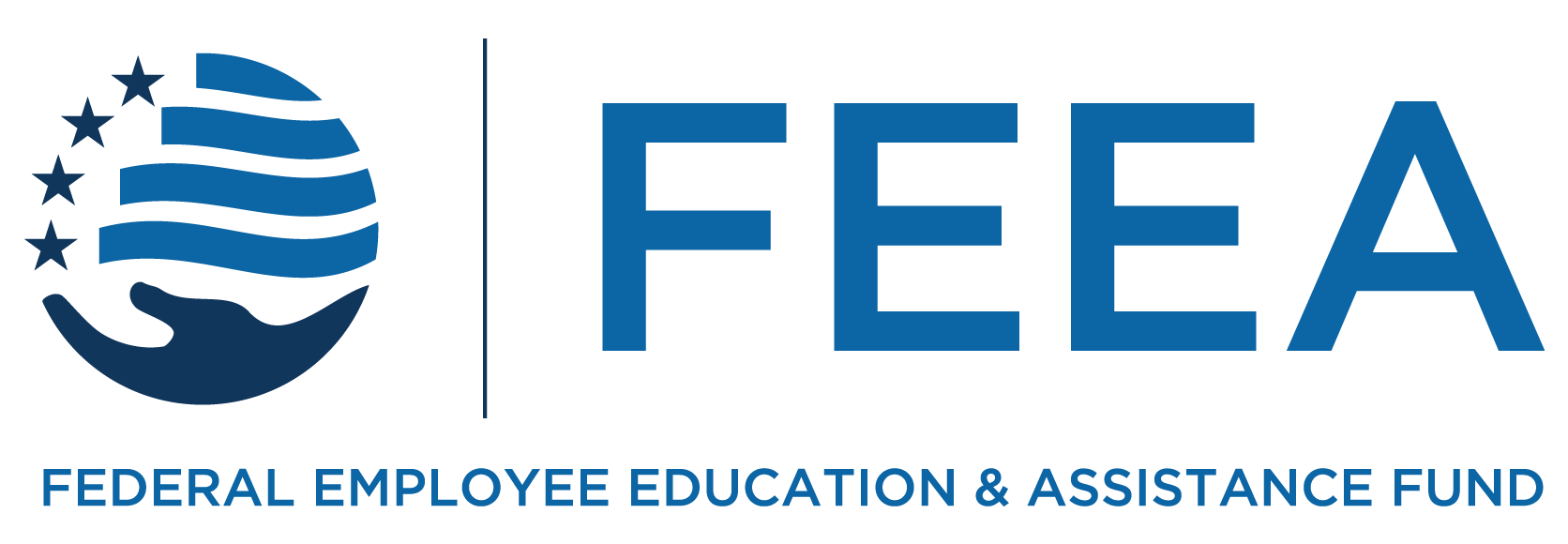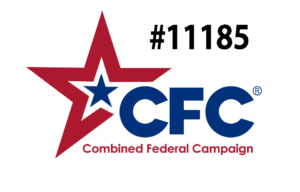by Robyn Kehoe, FEEA Deputy Director, and Anthony Bardonille, FEP Senior Plan Manager for Field Service
Health insurance options can be confusing, especially if you’ve never had to choose coverage for yourself before, if you’ve had a change in family structure, or if you’re comparing different plans and companies. To help make Open Season (November 14 to December 12, 2022) a little less daunting for feds, we’re here with a primer on some of the most common health insurance terms.
Choosing the health insurance plan that’s right for you/your family is important, for your health and your budget. Take advantage of any Open Season events your agency holds to collect information about the available companies and the plans they offer as part of the FEHBP.
Consider your family’s medical history, current health, and any known/planned upcoming medical issues (i.e. pregnancy, elective or other surgery, etc.) as you evaluate what coverage the various plans offer and at what cost.
Sometimes a higher premium can save you money in the long run with lower co-pays, co-insurance, and/or deductibles, and sometimes not. Ask questions! A little due diligence now will help you make the best decision for next year’s health coverage.
FEDLIFEHACKS Health Insurance 101
[Video Start]
[Video presented with written slides in English]
[music]
[FEEA #FEDLIFEHACKS logo with a light bulb at the top encased by a blue box.]
[[Word cloud with words associated with health insurance, like “health,” “annual,” “form,” “coverage,” “application.”]
Understanding basic health insurance terms can help you decide what’s important for your family and which health plan best meets your needs.
[image of a tablet device with a generic medical billing statement on the screen.]
What’s a deductible
- It’s the amount you generally owe for services your health insurance covers, before your insurance or plan begins to pay.
- If you have a
- 1,000 deductible, you’ll pay
- 1,000 out-of-pocket before your insurance begins to pay, though your deductible might not apply for all services.
[Image of a woman smiling and holding a small girl]
What’s the difference between Self, Self+1, and Family Plans?
- Feds can choose coverage from three tiers. For only themselves, for two people (self + spouse or child), or for a larger family (self + two or more). The tier you choose will depend on your family makeup and whether or not you have a spouse who also has coverage available through an employer.
[Image of a stethoscope on top of a paper bill entitled “explanation of benefits”]
What is a Co-pay?
- The amount you are expected to pay when you or another covered family member sees a doctor, has a test or procedure, needs hospitalization, or fills a prescription. Co-pay amounts can vary among different plans, as well as depending on the type of care you are receiving.
[Image of the arms of a man in a what lab coat holding a piece of paper with medications blurred in the background]
Why is the drug formulary important?
- It’s a list of the medications your insurance plan covered and the co-pay or co-insurance price you will be expected to pay. If you regularly take a prescription medication it’s a good idea to check the insurer’s formulary for your medication(s) before choosing a plan.
[image of a female Asian doctor smiling and wearing a white lab coat and stethoscope]
What is a Primary Care Provider (PCP)?
- A physician (M.D. - Medical Doctor of D.O. - Doctor of Osteopathic Medicine) who directly provides or coordinates a range of health care services for a patient, depending on the type of care you are receiving. Unless you need a specialist for something, this is likely the doctor you will see most often.
For more information on this topic - including 15 or more terms defined - visit feea.org/insurance101
[Blue Cross Blue Shield Federal Employee Program logo with the symbols: solid blue cross with a white contoured Da Vinci man along with a solid blue crest with the rod of Asclepius (a serpent-entwind rod).]
FEEA thanks BCBS for contributing to our #FedLifeHacks program
[FEEA #FEDLIFEHACKS logo with a light bulb at the top encased by a blue box.]
[music]
[Video End]
See our drop down toggle menu below for common health insurance terms and their meanings.
EMPLOYEE INSURANCE PREMIUM
The amount you pay each pay period for your selected insurance plan. For feds with FEHBP coverage, the premium for your selected plan is automatically deducted from your federal paycheck. Check OPM’s website for information about plan premiums and how much the government pays toward your premium.
DEDUCTIBLE
The amount you generally owe for health care services your health insurance or plan covers before your health insurance or plan begins to pay. For example, if your deductible is $1000, your plan won’t pay anything until you’ve met your $1000 deductible for covered health care services subject to the deductible. The deductible may not apply to all services.
OUT-OF-POCKET MAXIMUM
The most you pay during a policy period (usually a year) before your health insurance or plan begins to pay 100% of the allowed amount. This limit never includes your premium, balance-billed charges, or types of health care your health insurance or plan doesn’t cover. Some health insurance or plans don’t count all of your co-payments, deductibles, co-insurance payments, out-of-network payments, or other expenses toward this limit.
PLAN LEVELS/TIERS
Many insurers will offer two or more plan options, with different names, levels of coverage, and premiums. Look for a table or other visual that clearly shows the differences among an insurer’s plans, so you can evaluate which level of coverage you/your family need.
HEALTH MAINTENANCE ORGANIZATION (HMO) PLAN
A medical insurance group that provides health services for a fixed annual fee. It is an organization that provides or arranges managed care for health insurance, self-funded health care benefits plans, or individual and other entities acting as a liaison with health care providers on a prepaid basis. Typically the providers work exclusively with and are employees of the HMO.
PREFERRED PROVIDER ORGANIZATION (PPO) PLAN
This means that certain hospitals and other healthcare providers are “preferred providers.” When you use preferred providers, you will receive covered services at a reduced cost.
POINT-OF-SERVICE (POS) PLAN
A type of managed care health insurance plan that combines characteristics of the health maintenance organization (HMO) and the preferred provider organization (PPO). The POS plan is based on a managed care foundation — lower cost in exchange for more limited choice.
HIGH-DEDUCTIBLE PLAN (HDHP)
A health insurance plan with lower premiums and a higher deductible than the traditional health insurance plan. It is intended to incentivize consumer driven health care. Also, being covered by a HDHP is a requirement for having a health saving account (HSA).
SELF, SELF +1, FAMILY PLAN
Feds can choose coverage from three tiers. For only themselves, for two people (self + spouse or child), or for a larger family (self + two or more). The tier you choose will depend on your family makeup and whether or not you have a spouse who also has coverage available through an employer. You may want to evaluate both cost and coverage when deciding who will carry coverage and whether or not all family members will be part of the same plan.
COVERED FAMILY MEMBER
Anyone in your family (you, your spouse, a child) who is included in your insurance plan. If your spouse/partner or child is not added to your FEHBP (for example, if they are covered by separate insurance) they are not a “covered family member” on your insurance.
CO-PAY
The amount you are expected to pay when you or another covered family member sees a doctor, has a test or procedure, needs hospitalization, or fills a prescription. Co-pay amounts can vary among different plans, as well as depending on the type of care you are receiving. Plan information should list the different co-pay amounts for a variety of types of care. Some types of plans or care will have co-insurance amounts instead of co-pays.
CO-INSURANCE
Your share of the costs of a covered health care service, calculated as a percentage (for example, 20%) of the allowed amount for the service. You pay co-insurance, plus any deductibles you owe. For example, if the health insurance or plan’s allowed amount for an office visit is $100 and you’ve met your deductible, your co-insurance payment of 20% would be $20. The health insurance or plan pays the rest of the allowed amount.
COVERED SERVICES
Services or benefits for which the health plan makes either partial or full payment, subject to any applicable deductible.
DRUG FORMULARY
A list of the medications your insurance plan covers and the co-pay or co-insurance price you will be expected to pay. Formularies usually have multiple tiers that group drugs together into different cost levels — from widely available generics to rare and costly treatments — and may also vary depending on the particular plan type selected. If you regularly take prescription medication for a health condition, you may want to check the insurer’s formulary for your medication(s) before choosing a plan. Different insurers or plans may place the same medication in different tiers.
EMPLOYEE INSURANCE PREMIUMPRIMARY CARE PROVIDER (PCP)
A physician (M.D. – Medical Doctor or D.O. – Doctor of Osteopathic Medicine) who directly provides or coordinates a range of health care services for a patient.
SPECIALIST PROVIDER
A physician specialist focuses on a specific area of medicine or a group of patients to diagnose, manage, prevent or treat certain types of symptoms and conditions.
IN-NETWORK/OUT-OF-NETWORK PROVIDER OR HOSPITAL
An in-network provider or doctor, specialist, etc. has contracted with the insurance carrier to participate in a specific network. The costs for services have been predetermined and are set. An out-of-network provider is a provider who does not belong to the insurance carrier’s network and is not bound by contract (i.e. has not agreed to specific prices for specific services). The cost to you for using an out-of-network provider tends to be higher.
CLAIM
A health insurance claim is used to request reimbursement or direct payment for medical services obtained. The way to obtain benefits or payment is by submitting a health insurance claim via a form or request. This may be done for you by your provider, or you may need to submit your claim yourself. Check with your provider to be sure who will submit the claim.
EXPLANATION OF BENEFITS (EOB)
The explanation of benefits (EOB) is a document that explains how your insurance processed the claim for the services you received. It breaks down the information like this: The services that were provided and/or what the doctor or hospital charged (all charges). It will also state if you have any additional cost share.
COMPLEMENTARY AND ALTERNATIVE CARE
Complementary and alternative medicine (CAM) is the term for medical products and practices that are not part of standard medical care. Different insurers and plans define CAM differently, so you’ll want to check to see what may or may not be included. For example, some plans might cover things like acupuncture or chiropractic services, while others do not. You might choose CAM options for a variety of reasons, for instance, an individual with cancer may use CAM to help cope with side effects of cancer treatments, such as nausea, pain, and fatigue, to comfort themselves and ease the worries of cancer treatment and related services.
Related Stories from FEEA
SUBSCRIBE TO FEEA’S NEWSLETTER
FEEA thanks BCBS for contributing to our #FedLifeHacks program
Would you like to reprint this piece in your agency human resource, federal employee association, or union local newsletter? You can do so at no cost by contacting admin@feea.org with your request.
The information provided in this piece is for your convenience and informational purposes only and not to be construed as professional advice. FEEA and its coauthors and sponsors are not liable for any losses or damages related to actions or failure to act with regard to the content in this piece.













